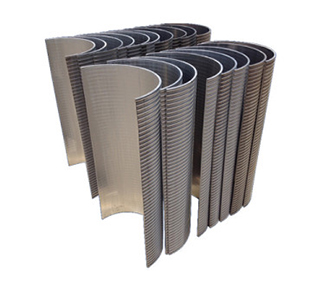Stainless steel refers to the steel that does not rust in weak corrosive media such as air, water, and steam, and is resistant to corrosion in strongly corrosive media such as acid, alkali and salt solution. Some of the steel which does not rust in the weak corrosive medium is not necessarily corrosion-resistant in strong corrosive medium, but in strong corrosive medium, corrosion-resistant steel generally has good rust resistance. Stainless steel is made by smelting on the basis of carbon steel with a certain content of chromium. Why is it not rusty and corrosion-resistant? Let's give you a detailed introduction.
The main reason is that steel contains chromium. Due to the influence of chromium, under the action of a corrosive medium, a solid and dense oxide film is formed on the surface of the steel piece, which is called "passivation film". The film is very thin and transparent, almost invisible to the naked eye, and the surface of the metal is still silvery. This film isolates the metal from the external medium and prevents further corrosion of the metal. It also has the ability of self-healing. If it is damaged, chromium in the steel will regenerate passive film with oxygen in the medium and continue to play a protective role. Carbon steel is not the same. Under the action of a corrosive medium, a loose iron oxide layer will be formed on the surface of carbon steel, which is often called rust. It can not prevent the metal from being isolated from the medium. The oxygen atoms from the outside constantly diffuse to the inside, so that the steel parts will continue to rust and corrode, so as to completely destroy.
Stainless steel can be rustless and corrosion-resistant. What is the lowes chromium content required? In American and European standards, it is not less than 10.5% (mass fraction, the same later), in general, it is not less than 11% in Japanese industrial standards and not less than 12% in China. In fact, the corrosion resistance of stainless steel and the requirement of chromium content depend on many factors, such as the type, concentration, temperature, pressure, the flow speed of corrosion medium, and other alloy elements in steel except chromium.

